Leg Raises Exercise: How-to, Variations, Tips, and Much More

Table of Contents
Are you chasing the dream of a sculpted physique with awe-inspiring abs? Join us on a fitness journey as we unravel the transformative power of leg raises, a cornerstone exercise in achieving a robust core.
Unveiling the Core Mystery
Ever wondered why a strong core is crucial for a well-defined physique? Let’s dive into the “law of specificity” – understanding why it is indispensable for sculpting and strengthening your core.
Starting with foundational principles, the core is not just about aesthetics; it’s about functional strength. it targets the rectus abdominis, obliques, and hip flexors with a precision that other exercises may lack.
Leg Raises Unveiled
What exactly are leg raises, and how can they redefine your fitness game? It involve lifting your legs against gravity, activating core muscles intensely. Let’s explore various variations to cater to all fitness levels.
Lying Leg Raises:
- Starting Position: Lie on your back on a mat with your legs extended and your arms at your sides, palms facing down.
- Execution:
Inhale as you lift your legs toward the ceiling, keeping them straight.
Exhale as you lower your legs back down, stopping just above the floor. - Key Tip: Ensure your lower back stays pressed into the mat throughout the movement to avoid straining your spine.
- Targeted Muscles: Emphasizes the lower abdominal muscles, making it an excellent starting point for beginners.
Hanging Leg Raises:
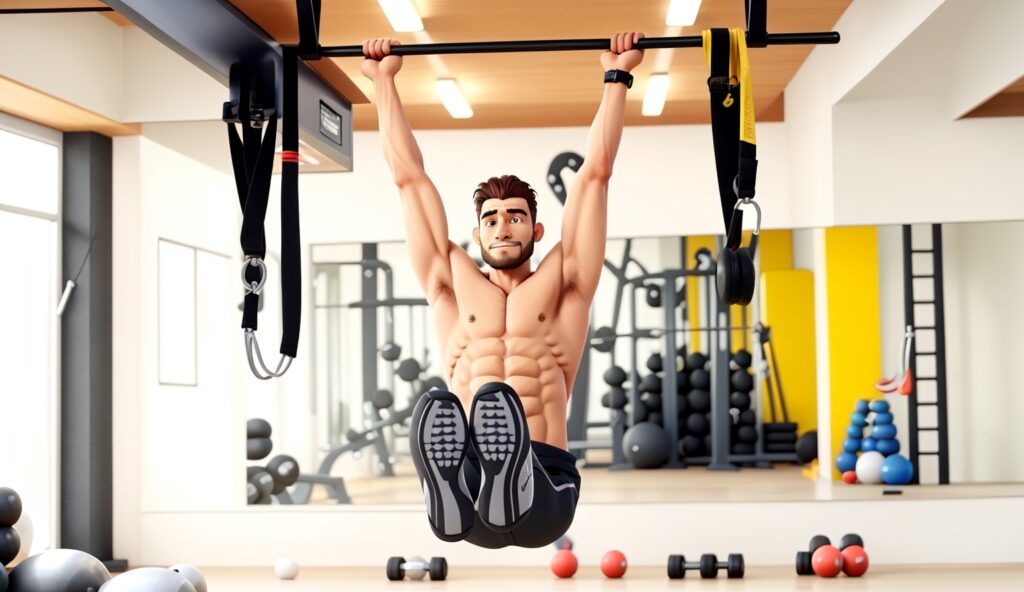
- Starting Position: Hang from a pull-up bar with your arms fully extended and your feet off the ground.
- Execution: Engage your core and lift your legs toward the ceiling, maintaining control.
Lower your legs back down with a controlled motion. - Key Tip: Avoid swinging your body; focus on using your core muscles to lift and lower your legs.
- Targeted Muscles: Engages the entire core and challenges stability, suitable for intermediate to advanced fitness levels.
Captain’s Chair Leg Raises:
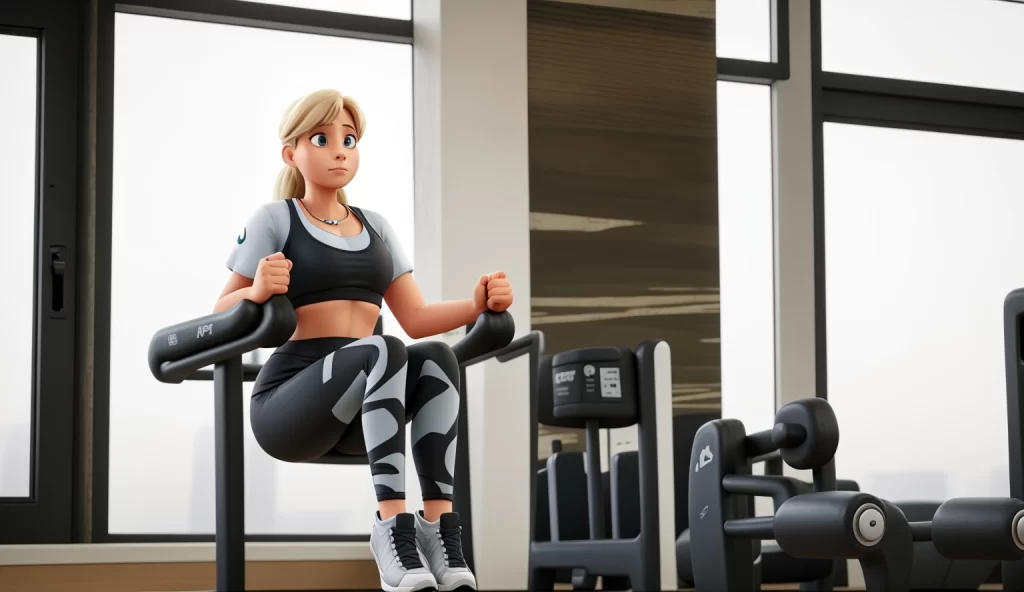
- Starting Position: Place your forearms on the pads of a captain’s chair or dip station, keeping your back against the support.
- Execution:
Lift your knees toward your chest, engaging your core.
Lower your legs back down with control, stopping just before they touch the ground. - Key Tip: Keep your movements slow and controlled to fully engage your abdominal muscles.
- Targeted Muscles: Provides back support, making it ideal for beginners progressing to more challenging variations.
Why Leg Raises? The Benefits Unveiled:
The beauty of leg raises lies not only in their simplicity but also in the multitude of benefits they offer:
- Core Strength: Targets and strengthens the core muscles, leading to improved posture and stability.
- Flexibility: Enhances flexibility in the hip flexors, promoting better overall mobility.
- Versatility: Can be adapted to various fitness levels and easily incorporated into existing workout routines.
The Power of Leg Raises for Beginners
Curious about how leg raises cater to fitness enthusiasts at every level? Let me share my inspiring journey as a beginner who transformed my core using leg raises. As someone new to fitness, I found it to be accessible and highly effective. With consistent effort, I witnessed remarkable progress in core strength. It proved to be a practical and achievable tool for beginners like me, offering a pathway to a strong and resilient midsection from the start. If you’re just beginning your fitness journey, know that leg raises are not just for the experienced – they’re your ally in building a robust core right from the outset.
For beginners:
- Start with lying leg raises.
- Focus on controlled movements to avoid straining the lower back.
- Gradually progress to more challenging variations.
Advanced Techniques for Fitness Warriors
Ready to take your fitness to new heights? Wondering how leg raises evolve for seasoned warriors? Let’s explore advanced leg raise variations and techniques for those seeking an extra challenge.
Dragon Flags:

How to:
- Lie on a flat bench with your head toward the bench’s edge and your hands gripping the bench behind your head.
- Raise your legs until they are perpendicular to the floor while maintaining their straight posture.
- Lower your legs back down slowly, maintaining control throughout.
Targeted Muscles: Dragon flags primarily target the entire core, emphasizing both upper and lower abdominal muscles.
Windshield Wipers:
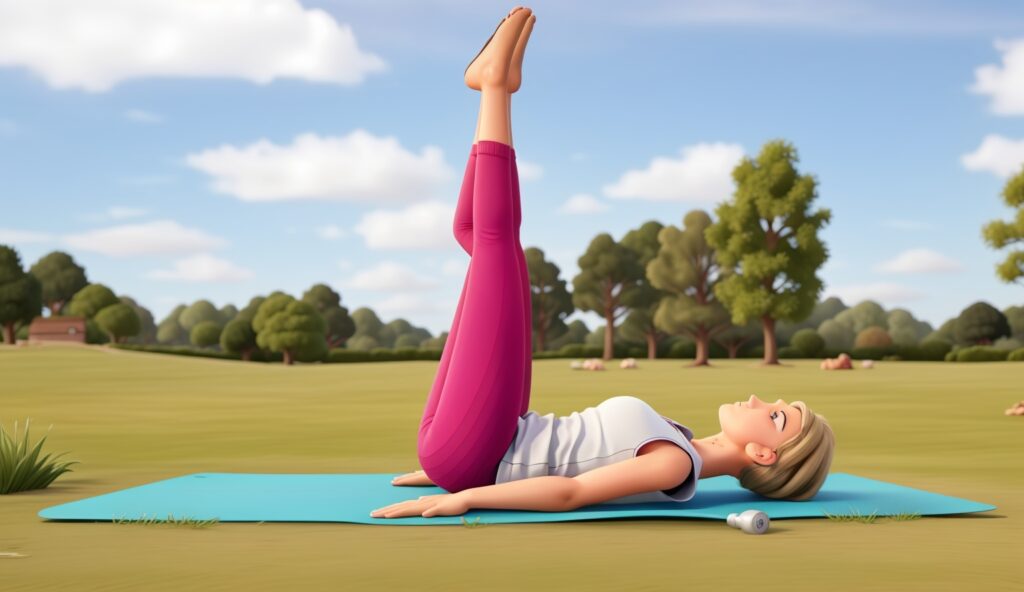
How to:
- Lie on your back with your arms extended to the sides for support.
- Lift your legs towards the ceiling, then lower them to one side, hovering above the ground.
- Go back to the center and do the opposite side.
Targeted Muscles: Windshield wipers engage the obliques and improve rotational strength.
V-Hold:
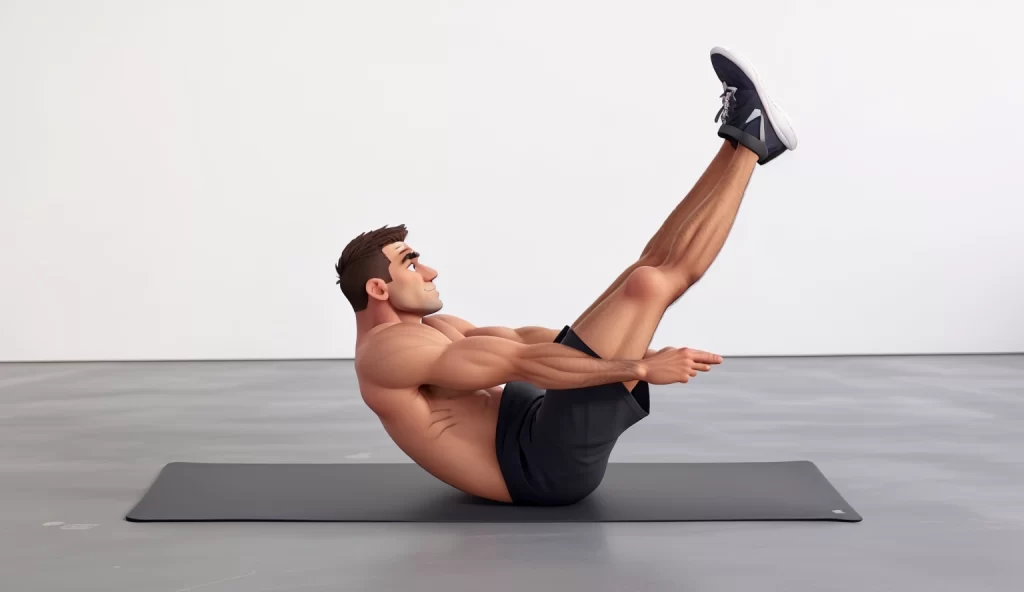
How to:
- Sit on the floor and lean back slightly, lifting your legs off the ground.
- Extend your arms straight in front, forming a V-shape with your body.
- Hold the position, engaging your core for stability.
Targeted Muscles: The V-Hold intensely targets the entire core, promoting endurance and strength.
Benefits of Advanced Leg Raises:
- Enhanced Core Definition: Targeting deeper muscle fibers, these exercises contribute to a more sculpted and defined core.
- Increased Stability: Advanced leg raises demand heightened stability, translating to improved overall balance and control.
- Athletic Performance: The strengthened core from these exercises can positively impact athletic performance, providing a stable foundation for various activities.
Celebrity Secrets: Leg Raises in the Spotlight
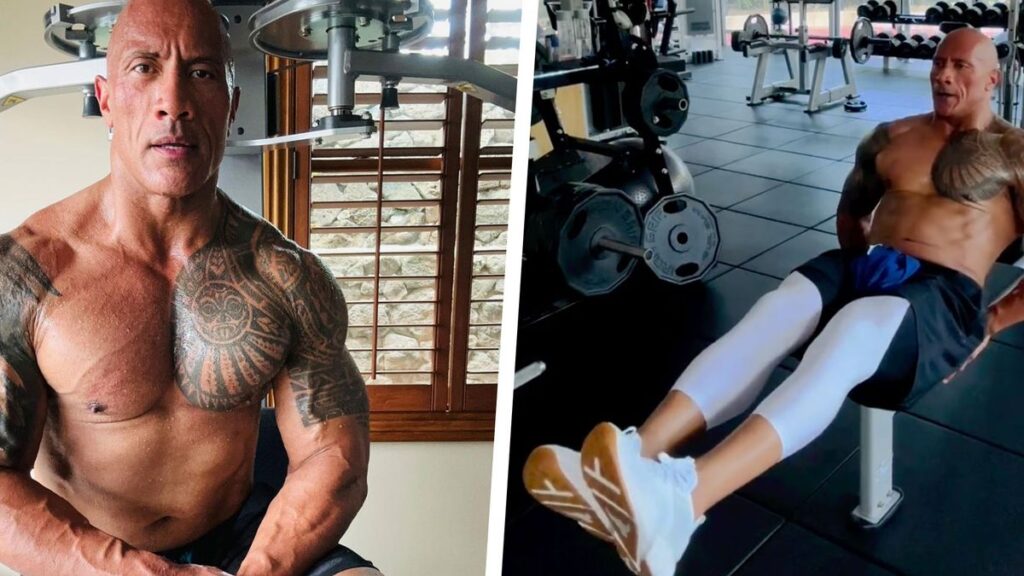
Ever wondered how celebrities maintain those enviable physiques? Could it be a hidden secret? Let’s compare celebrity fitness routines, highlighting the common thread – leg raises – and how this simple yet effective exercise plays a role in their fitness success.
| Celebrity | Leg Raise Variation | Fitness Insight |
| Chris Hemsworth | Hanging Leg Raises | Credits core strength for his iconic Thor physique. |
| Jennifer Lopez | Captain’s Chair Leg Raises | Incorporates these exercises for a toned and strong core. |
| Dwayne Johnson | Dragon Flags | Reveals these exercises as a staple in his core workouts. |
Tailoring Leg Raises for Specific Athletic Disciplines
Ever wondered how leg raises could benefit athletes from different disciplines? Let’s dive into specific exercise examples tailored for runners, gymnasts, and tennis players, making the content not only informative but also highly practical and actionable. By understanding tips for the athlete type and how it cater to the unique needs of each sport, you can elevate your training regimen and enhance your performance.
For Runners: Hanging Knee Raises
How to:
- Arms fully extended, hang from a pull-up bar.
- Using your core, bring your knees up to your chest.
- Lower your knees back down with control.
Runner’s Tip:
- Prioritize controlled movements – swing-free knee lifts and deliberate descents.
- Engage your core throughout to mimic the demands of a strong and stable running form.
Benefits:
- Targets hip flexors and lower abs, vital for maintaining a powerful running stride.
- Enhances core stability, fostering efficient and injury-resistant running mechanics.
For Gymnasts: V-Hold Variations
Gymnast’s Tip:
- Perfect your V-Hold with incremental increases in duration for endurance.
- Focus on maintaining a straight, elongated body shape for optimal isometric strength.
Benefits:
- Develops the isometric strength crucial for maintaining positions during gymnastic routines.
- Enhances body control and balance, critical elements in gymnastics performance.
For Tennis Players: Rotational Leg Raises
How to:
- lie on your side with your elbows supporting your upper torso.
- Lift your top leg towards the ceiling, then lower it with control.
- Repeat on the other side.
Tennis Player’s Tip:
- Emphasize controlled rotation during these exercises to mimic tennis movements.
- Strengthen your lateral stability with regular incorporation of this rotational exercise.
Benefits:
- Targets obliques and improves rotational strength, crucial for powerful serves and swift court movements.
- Enhances lateral stability, reducing the risk of injuries during dynamic plays.
By tailoring leg raises to the specific needs of your sport, you not only strengthen your core but also address the demands unique to your athletic discipline. Incorporate these exercise examples into your training routine, considering the biomechanics and muscle groups relevant to your chosen sport. The result? A more targeted and effective approach to core training that directly contributes to your success on the track, in the gym, or on the tennis court. Elevate your athletic performance with sport-specific leg raise variations!
Elevate Your Fitness Journey with Leg Raises
Ready to elevate your fitness journey? Embrace the power of leg raises, sculpting not just your core but a healthier, stronger you. Let the simplicity of this exercise guide you towards a transformative fitness experience.
How many times should I do leg raises?
The frequency of it depends on your fitness level. For beginners, 2-3 times a week is a good starting point. As you progress, you can gradually increase the frequency, ensuring adequate rest days for muscle recovery
How long should you be able to hold a leg raise?
The duration of a leg raise hold varies based on your fitness goals. For beginners, aiming for 10-15 seconds is a solid starting point. As you advance, gradually extend the duration to 30 seconds or more for enhanced core endurance.
What is a common mistake when doing leg raises?
A common mistake is using momentum instead of controlled movements. Avoid swinging your legs and focus on engaging your core muscles throughout the entire range of motion. This ensures that you target the intended muscle groups and maximize the effectiveness of the exercise.
